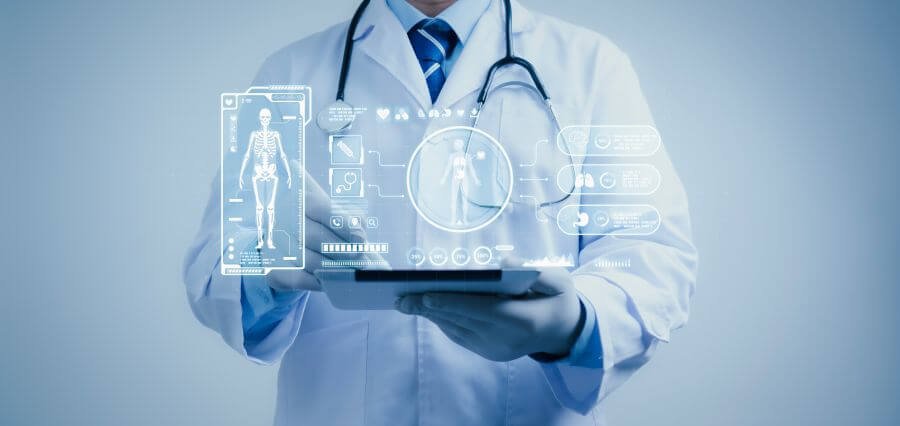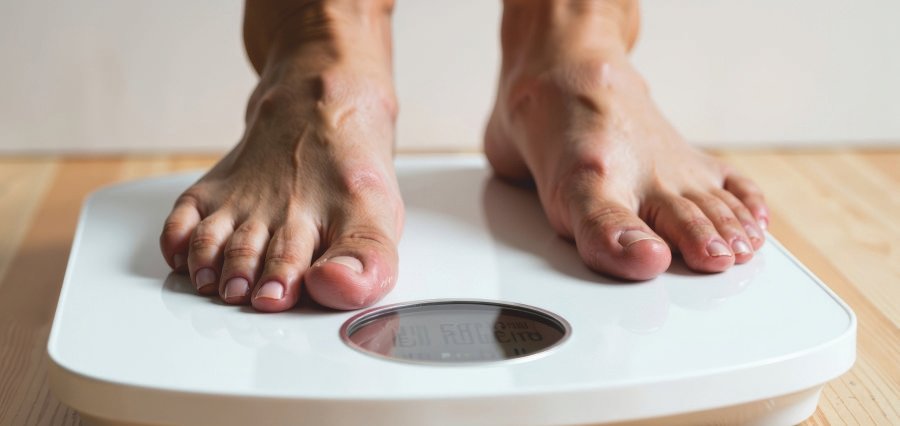Basically, healthcare was one of the most important sectors in the world that faced a big change over the past couple of years. Exactly the same time when the patients started receiving care through digital means and doctors moved to the diagnostics and treatment through digital tools. While digital platforms and wearable devices are changing the way health care is delivered, they are also making it more personalized, accessible, and efficient.
Not long ago, healthcare was sometimes restricted due to the fact that patients had to be physically close to the healthcare provider as well as the time-consuming process of keeping records only manually. Meanwhile, digital solutions for healthcare have removed these obstacles and unfolded new ways to offer healthcare that would provide patients with more control over their health and would offer healthcare providers more accuracy with the help of technological devices. Treatment of diseases will not be the only focus anymore; the change is moving towards prevention, public health, and integrated care that follows the rhythm of people’s daily lives.
The Rise of Digital Healthcare
Simply put, digital healthcare means the implementation of digital solutions, the usage of digitally connected instruments, and the shifting of the interactions between the patients and the doctors from the traditional in-person to the tele platform. All that is covered in the family of the reuse of health records and doctors’ remote check-ups to wearables that provide live statistics of the patient’s vital health parameters. What makes digital healthcare so attractive is its capability of filling the gaps that in the past were the main cause of healthcare inefficiency or even the inability to give access to that kind of care, especially for those living in remote areas or the impoverished.
Take a technology such as telemedicine, for example; it has become one of the most popular examples of digital healthcare within a short time. A patient cannot simply see a doctor right away, but he/she may receive a medical opinion through the means of teleconsultations in the duration of only a couple of minutes, comprising the waiting and the visit times of traditional clinics—when the consultation is done in person. Besides saving the time helping patients face the trouble of traveling, especially elderly people and patients living far away from hospitals—who are highly benefited through this upgrade—the roads also get decongested of unnecessary travels.
How Digital Healthcare Solutions Are Shaping the Future
One appealing feature of digital healthcare is that it can easily be adjusted to the different types of populations. The digital solutions have been considering the different needs of patients in regard to their mode of life. It has been designed to serve the purposes of the people suffering from chronic diseases; it is, however, also applicable to those people who need the medical checkups on a routine basis and emergency help in undue situations. For instance, a diabetic patient can now work with a digital glucose monitoring device that can be connected to the mobile application; thereby, the patient and doctor can keep instant track of glucose concentration in blood.
Digital healthcare devices not only play the role of monitoring health but also have the capability to change the game’s diagnostics aspect as well. The AI tools can perform the interpretation of X-rays, MRIs, and CT scans at a speed comparable to that of highly skilled radiologists but with slight differences in accuracy. Thus, doctors get the benefit of acting on quick examination reports, and they become able to provide treatments in a faster, yet more accurate, manner. The implication is that in the long term the patients’ health is going to improve together with the reduction of the overall hospital and insurance costs that are further coming from the efficiencies gained.
Personalized Care Powered by Data
If ever technology has never been better designed to augment the personalization of a person’s care, it would be e-health digital systems. Patient-related platforms in the modern medical sectors are spread so diversely that collecting and processing the data of patients’ lives is not even a big issue anymore: wearable gadgets, imaging scans, and even genetic data. Basically, doctors are now in a position to draft completely customized therapeutic protocols that not only take into account patients’ unique situations but also ensure a higher probability of success.
If we think about it, we are talking about wearable devices like fitness trackers and smartwatches that are constantly monitoring one’s heart rate, physical activity, and even sleeping period. Patients no longer need to get tested each time to evaluate their health trends; instead, they can get a continuous stream of data that provides a more accurate view of their total health span. With such data at their disposal, doctors are in a position to intervene early when the problems appear, which, in turn, assures that preventive care gets the priority rather than waiting for the disease to get worse.
Breaking Down Barriers to Accessibility
The lack of access to adequate healthcare was among the most serious healthcare problems. Millions of people in the varying parts of Earth are denied access to timely and proper medical care because of their location, poverty, or the unavailability of basic infrastructure. Digital healthcare started to balance this playing field. With mobile apps that provide instant medical information, rural clinics connected through mobile networks, and AI-driven chatbots handling initial patient queries, healthcare is reaching those who were once excluded from the system.
This shift in medical access has changed how the world looks at healthcare issues. Patients are no longer passive recipients; they become active participants in their treatment journey. This means that even an individual with limited medical knowledge can understand, watch, and manage his/her condition better if he/she has access to easy-to-use digital healthcare tools and solutions.
Building Trust in Digital Systems
Though digital healthcare brings countless benefits, trust is still a critical factor when gauging whether or not to go digital. Patients need to be reassured that their data is secure, and healthcare providers should be given the assurance that digital systems are reliable. Cybersecurity, therefore, has become a priority. Using strong encryption technology, meeting health regulations, and maintaining an open dialogue with patients about how their data is stored and used are some of the critical measures in achieving the wide acceptance of the healthcare system.
Even with these problems, digital healthcare becomes more and more reliable and trusted by patients. In fact, many patients now consider digital healthcare more convenient and efficient than the traditional methods, while healthcare providers acknowledge that these technologies not only serve patients but also reduce the administrative burdens on staff.
Digital Healthcare and the Road Ahead
Looking into the future, the digital healthcare ecosystem will exponentially grow. Picture AI-driven mental health applications that instantly provide therapy, futuristic technology that helps surgeons in intricate operations, or gene-based therapies that are entirely managed by the machine. These are nothing but rapid realizations of their once distant futures.
As soon as digital healthcare solutions are deeply integrated into mainstream medical practice, they will facilitate the transformation of care systems into more preventive, predictive, and patient-experience-centered models. The timeline for this transition to progress smoothly will mainly depend on the extent of technology, education, and regulatory support investments; however, no one doubts that the healthcare sector will never be the same after the digital revolution.
The healthcare revolution is already in progress right before our very eyes, and it is one where patients are no longer bound by their physical limitations, long queues, or lack of information. Thanks to technology, they can now live healthier, more informed lives.




